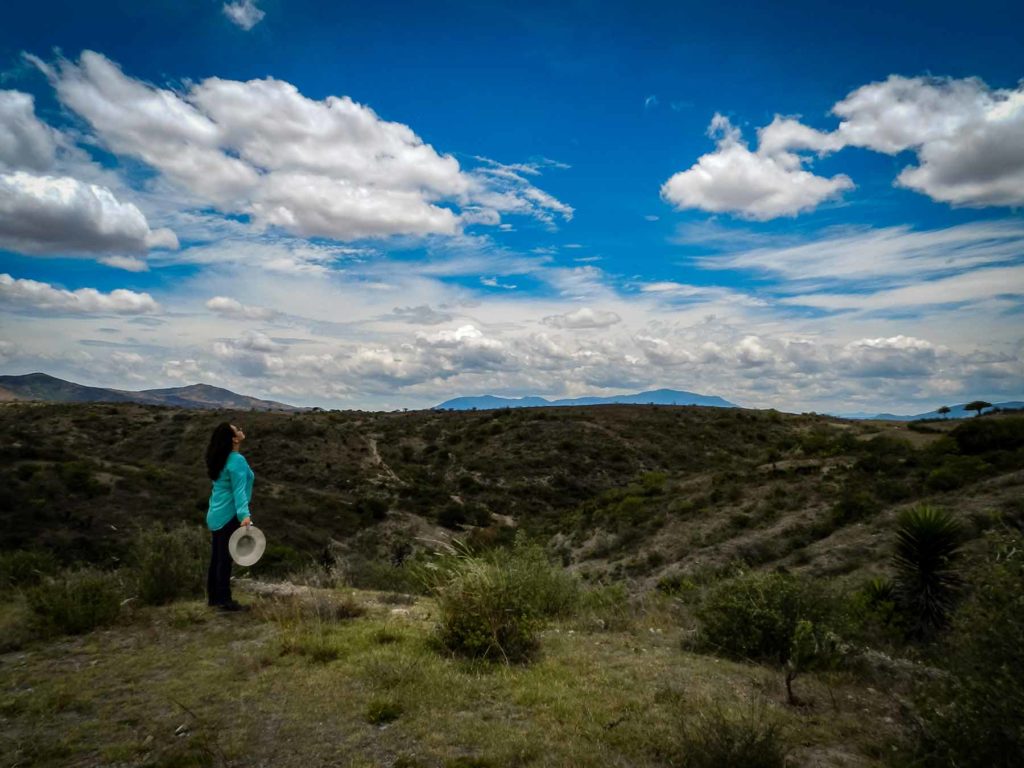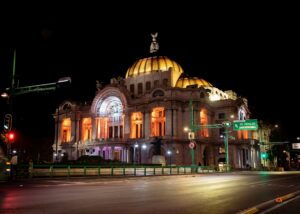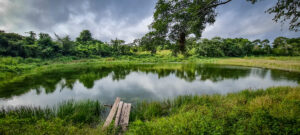We all have different reasons to travel. However deep or ephemeral they may be, we all have personal reasons.
Many of us have experienced the thrill of an unplanned trip in which we went out without preparing ourselves enough, heeding intuition or a call to adventure. Other times, we take trips that we have planned for months or even years.
Traveling is a human impulse that has shaped the world and its cultures as we know them. From the first human journey in which the first human began to search for more fertile lands, to the botanical exploration trips that sought answers in the most unexplored territories of our planet, travel has been the engine of development and exchange of our culture.
Tourism as a human activity has the primary objective of generating encounters. Consciously or unconsciously, every traveler has a profound reason to experience an encounter. The encounter with a site and the emotions they can generate, an encounter with other individuals to share knowledge, experiences, news or to carry out some activity together or the encounter with ourselves, one of the deepest reasons to travel.
This encounter with ourselves is reflected in the interaction with nature or in the cultural exchange that takes place between individuals and this is what we must keep in mind when traveling or when designing travel experiences. Tourism seeks to trigger encounters.
Unfortunately, tourism in recent decades has become an activity that prioritizes, at all costs, the generation of income and profits that are often unfairly distributed among those involved in tourism.
According to Anna Pollock, one of the main voices of tourism worlwide, unlike traditional tourism, in which the center of the industry and experiences are based on economic transactions, services or products, regenerative tourism prioritizes encounters and the potential that exists in them, seeks to generate genuine encounters between people and people with the surroundings. Traditional tourism as we know it, tends to dictate the course of the communities that inhabit the destinations, imposing uses, customs, habits, infrastructure and values, while the regenerative tourism proposal seeks to start from the destination and its communities to design the experiences, places and relationships to be detonated, offering travelers unique and indelible experiences.

Without any doubt orienting tourism towards more sustainable processes can not only make these encounters of greater benefit to all, it can also ensure the preservation of the biocultural heritage of destinations, enhance the encounters and ensure more future encounters.
Adventure tourism is one of the types of tourism that facilitates deep encounters through nature and culture. Due to the characteristics of this type of trip, the disposition of the travelers and the design of the experience becomes the main value of the entire trip. For this, it is essential that designers, tour operators and guides have an understanding of the territory and the local culture’s relations with it and that they are able to guide the experience to generate deep encounters.
Some helpful tips for experience designers and tour guides to guide trips to create deep encounters:
-Know the territory. Understand its geological, hydrographic, biological, cultural characteristics and the deep relationship that exists within these elements. With humility, experience yourself a deep understanding of the site and the history of the place in order to facilitate travelers’ encounters.
-Allow and encourage the local people who inhabit the territory to speak for themselves. As much as possible, it facilitates spaces for travelers to dialogue with local hosts, a guide accompanies, but does not start a trip, let the site speak for itself.
-Know the interests of your travelers. Develop sensitivity to understand interests and encourage curiosity in travelers, through simple questions and observation of the group, get ahead of the moments to let the encounters detonate naturally and deeply
-Promote reflection without putting pressure on the results. Use the environment and your ability to generate deep moments, the encounters with the site, with others and with oneself can manifest themselves in things as complex as a cultural show or as simple as a cup of coffee at sunrise. Accompany the experience, do not impose it
-Minimize the risks. For an experience to be enjoyed the best way, it is necessary to reduce the risks and concerns to our hosts and travelers, planning and decision-making prioritizing everyone’s safety is essential. The risks are imminent, but we can always reduce them to the maximum.

“We travel, some forever, in search of other states, other lives, other souls.”
– Anais Nin
Header image courtesy of: Armando de la Peña – Ruta Origen.










